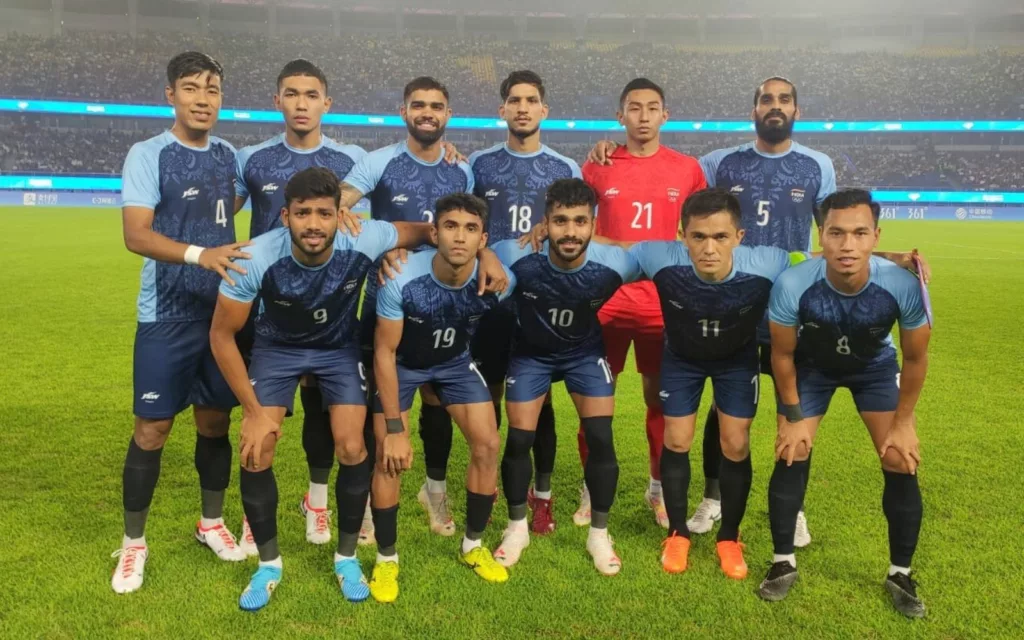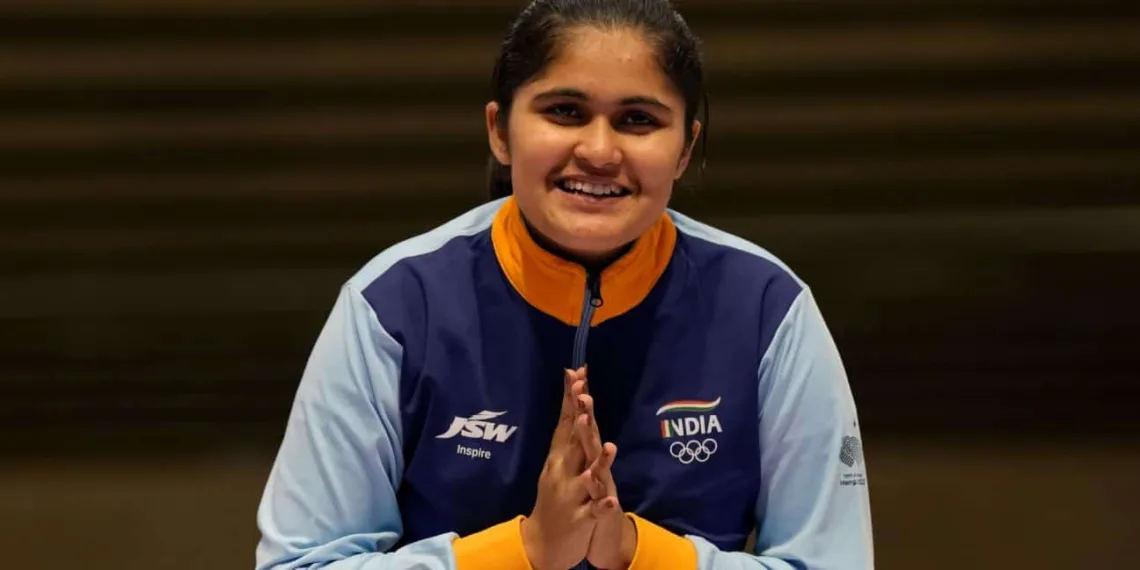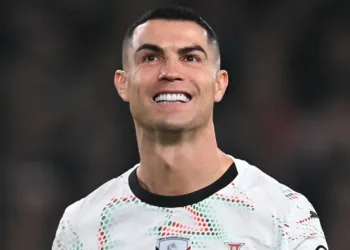Historic Wins in Shooting at Asian Games 2023
In an electrifying morning at the Asian Games in Hangzhou, China, two young Indian shooters, Palak Gulia and Esha Singh, exhibited their extraordinary talent in the women’s 10m air pistol individual event. This unforgettable day saw Palak claim the gold medal, while Esha secured the silver, adding to India’s growing medal tally.

Palak Gulia’s Calm Ascent to Gold
At just 17 years old, Palak Gulia, a relative newcomer to the sport who began her shooting journey after the Jakarta Asiad, displayed remarkable composure during the final eight. Her performance left spectators and competitors alike in awe as she clinched the gold with an outstanding score of 242.1 points, setting an Asian Games record.
Esha Singh’s Silver Lining
Palak’s compatriot, Esha Singh, demonstrated her mettle by securing the silver medal with a commendable score of 239.7 points. This victory added another feather to Esha’s cap, increasing her overall medal count to an impressive four at the ongoing Asian Games.
Indian Men’s Shooting Team Strikes Gold
While the spotlight was firmly on the women’s shooting team, India’s male shooters also made headlines by securing the gold medal in the rifle 3P event. The triumphant trio of Aishwary Pratap Singh Tomar, Swapnil Kusale, and Akhil Sheoran achieved this feat in grand style, setting a new world record with a remarkable score of 1769 points. This score surpassed the previous record held by the United States, which was set in 2022 at the CAT championships.

Tennis and Squash Results
Transitioning to the tennis and squash events, India’s athletes continued to make their mark. In tennis, the Indian duo of Saketh and Ramkumar exhibited their skill and determination but ultimately settled for the silver medal in the men’s doubles event. Meanwhile, on the squash court, the Indian women’s team secured the bronze medal, despite facing a formidable challenge from Hong Kong.
Asian Games 2023: India’s Football Heartbreak
In a narrative shift, the Asian Games 2023 took an emotional turn for the Indian football team, as they faced a heart-wrenching exit in the round of 16 against Saudi Arabia in Hangzhou, China.
Sunil Chhetri’s Tireless Effort
India’s iconic striker, Sunil Chhetri, poured his heart and soul into the game, relentlessly pressuring the Saudi Arabian defenders. However, his valiant efforts were hampered by the lack of support from his teammates. In the 74th minute, with India trailing 0-2, Chhetri made the difficult decision to request a substitution, recognizing the physical limitations imposed by his exceptional commitment.

A Glimpse of Promise and Saudi Dominance
Although the final scoreline appeared respectable, the Saudi Arabian team, composed entirely of U-24 players, showcased their superiority over the Indian squad. They outperformed India in every aspect of the game, including technical proficiency, speed, and work rate. While the final score may appear respectable, the underlying narrative paints a vastly different picture.
The Saudi Arabian team that faced India was not hastily assembled just two weeks prior, as was the case with the Indian team. Instead, the Saudis fielded an entirely U-24 squad with aspirations of competing in the Olympics next year. This team had been honing their skills together for a solid two years under the guidance of Coach Saad Ali el Shehri, who had been at the helm as the U-23 coach since 2016. Their cohesive experience was evident as they outclassed the Indian side in every facet of the game, including technical prowess, speed, and work ethic.
Tactical Struggles and Saudi Goals
India encountered tactical difficulties, struggling to maintain possession and resorting to long ball plays. Saudi Arabia capitalized on their dominance, swiftly scoring two goals within the first six minutes of the second half.
In stark contrast, the Indian contingent had its first team meeting en route to China just a week before the tournament began. Their initial training session only took place after they had already competed in three games in Hangzhou. Despite these challenges, India managed to hold its own for the first 20 minutes, displaying a commendable effort against a team ranked 45 places higher in the world rankings.

To make matters even more daunting, India fielded a starting XI comprised of four central defenders and only one recognized central midfielder. Center-backs Lachungnunga and Narender Gahlot were tasked with adapting to fullback roles, and Abdul Rabeeh, typically a winger, partnered with Amarjit Kiyam in midfield. However, Rabeeh often found himself hesitating on the ball, attempting to elude his marker but falling prey to the relentless Saudi press, resulting in perilous turnovers in midfield. India’s attempts to build play from the back proved futile, ultimately leading them to resort to long balls down the channels.
Despite Saudi Arabia’s dominance in terms of possession, their shots from distance failed to yield clear-cut opportunities. Musab Al Juwayr’s thunderous strike rattled India’s crossbar before the ensuing rebound narrowly missed the far post in the 22nd minute. Sandesh Jhingan, India’s stalwart defender, stepped up with crucial interventions in the first half, including a timely block to thwart Zakaria Hawsawi’s close-range effort, ensuring the teams entered halftime with a goalless draw.
Any faint hopes of India maintaining a resilient defensive stance were dashed within six minutes of the second half. Saudi Arabia asserted their control right from the kickoff, showcasing swift ball movement to exploit the channels. Mohammed Al Alshamat delivered a pinpoint cross above Jhingan in the six-yard area, where Mohammed Marran outjumped his marker to head the ball into the corner of the net. This would have surely delighted his Al Nassr club teammate Cristiano Ronaldo.

Marran further extended Saudi Arabia’s lead just six minutes later. Saudi’s midfield neatly split the Indian defensive line to find Saad Al Nasser, who slipped the ball into the path of the striker. With a deft side-step past Dheeraj Singh’s lunging attempt, Marran calmly rolled the ball into the back of the net.
A Bitter End and Lessons Learned
Despite their unwavering determination, the Indian football team ultimately faced insurmountable odds. The Asian Games campaign highlighted the pressing need for better preparation and squad selection to compete effectively at this elite level.
In the aftermath of this disheartening defeat, Indian national team manager Igor Stimac encapsulated the evening with poignant words: “We left everything on the pitch, but that was the best we could do.”

The underwhelming conclusion to the Asian Games campaign served as a stark reflection of the lamentable state of Indian football. While the players and coaches gave their utmost effort, the failure to assemble the best possible squad by the game’s stakeholders set the stage for this unfortunate outcome.








